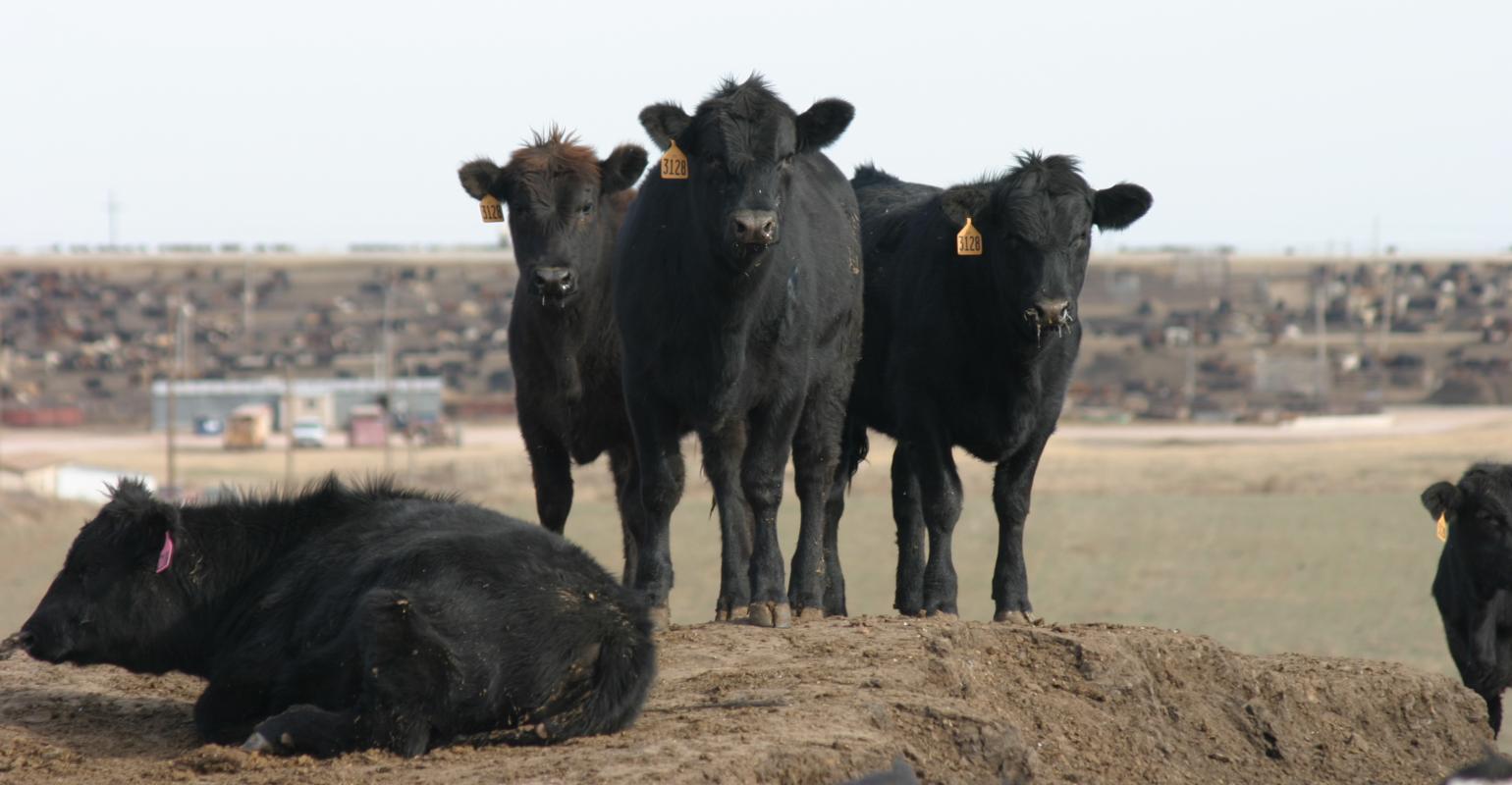
Senior Farm and Ranch Broadcaster, Ron Hays, is featuring comments from Oklahoma State University Livestock Economist, Dr. Derrell Peel, talking on K-State’s Agriculture Today about higher beef prices ahead.
“On a longer-term trend, one of the things that is pretty clearly built into the futures is the fact that we have got stronger prices ahead,” Peel said. “The really big picture for the next several months to beyond, even, is numbers get tighter, supplies get tighter, the supply fundamentals really become supportive, and that is priced into both feeder and fed cattle or live cattle futures markets at this point as you look out to the different contracts.”
Peel also talked about the stability of current wholesale boxed beef trade markets.
“Boxed beef is operated in a very narrow trading range really back to about April,” Peel said. “I interpret that to be really kind of a sign that beef demand has been sort of capped, or muted if you will, at the consumer level.”
Beef demand is still fundamentally strong, Peel said, but it has been capped a little because there has been some pressure on the consumers. The boxed beef market is operated in a very narrow trading range, Peel added, and we did not see some of the seasonal patterns that we normally expect coming into the summer grilling season.
“It has just been a very consistent, sideways, narrow trading range,” Peel said.
Regarding the most recent cattle-on-feed report, Peel said as you step back from the numbers and overall trends from the last few reports, you can see fewer heavy-weight cattle being placed and more lightweight cattle, which changes some dynamics.
“Over the last three months, we have placed a lot of cattle that are going to come out in that November and beyond period into the first quarter of next year, but we don’t have as many heavy-weight cattle,” Peel said.
Part of what is helping support the fed cattle market right now, Peel said, is that there are no indications that feedlots are not current, and supplies are seen to be relatively tight through the rest of the third quarter. We will get lighter-weight numbers, later on, Peel added.
“I don’t think it is necessarily a problem for the market, but I do think we have got a little bit of a gap here that is helping support the market,” Peel said.
In regard to cattle inventory numbers, Peel said cattle inventories peaked on a January basis in 2019 and the calf crop peaked in 2018.
“So, we would have predicted that we would actually get into some lower feeder cattle supplies and feedlot production by 2020,” Peel said. “Pandemic disrupted that and pushed some things off into 2021, so we were higher than expected last year.”
The year started with the idea that slaughter would be down, and beef production would drop about 2.5 percent, Peel said, but that had to be revised several times because we are still above a year ago at this point.
“We may come in at the end of the year down perhaps about a half a percent or maybe even with last year,” Peel said. “All of that sets up the idea that again, once we turn the corner, into these tighter numbers, then next year we are probably looking at three to four percent decrease in beef production minimally and it could be even higher than that.”
Peel said there is little doubt that the drought is accelerating the herd liquidation. Starting last year, Peel said we were already in cyclical liquidation again from that peak in 2019, but the drought last year accelerated it and the drought this year has accelerated it even more, so it is taking us lower than we want to be or need to be.
“Mother nature is in control here right now and until things change, we won’t be able to stop the liquidation, then we will stabilize, and we will try to turn around and try to rebuild this thing and that is all going to play out over the next one to three years,” Peel said.
Click the LISTEN BAR below to listen to Dr. Derrell Peel give an outlook for the beef market going forward.
The Beef Buzz is a regular feature heard on radio stations around the region on the Radio Oklahoma Network and is a regular audio feature found on this website as well. Click on the LISTEN BAR below for today’s show and check out our archives for older Beef Buzz shows covering the gamut of the beef cattle industry today.















